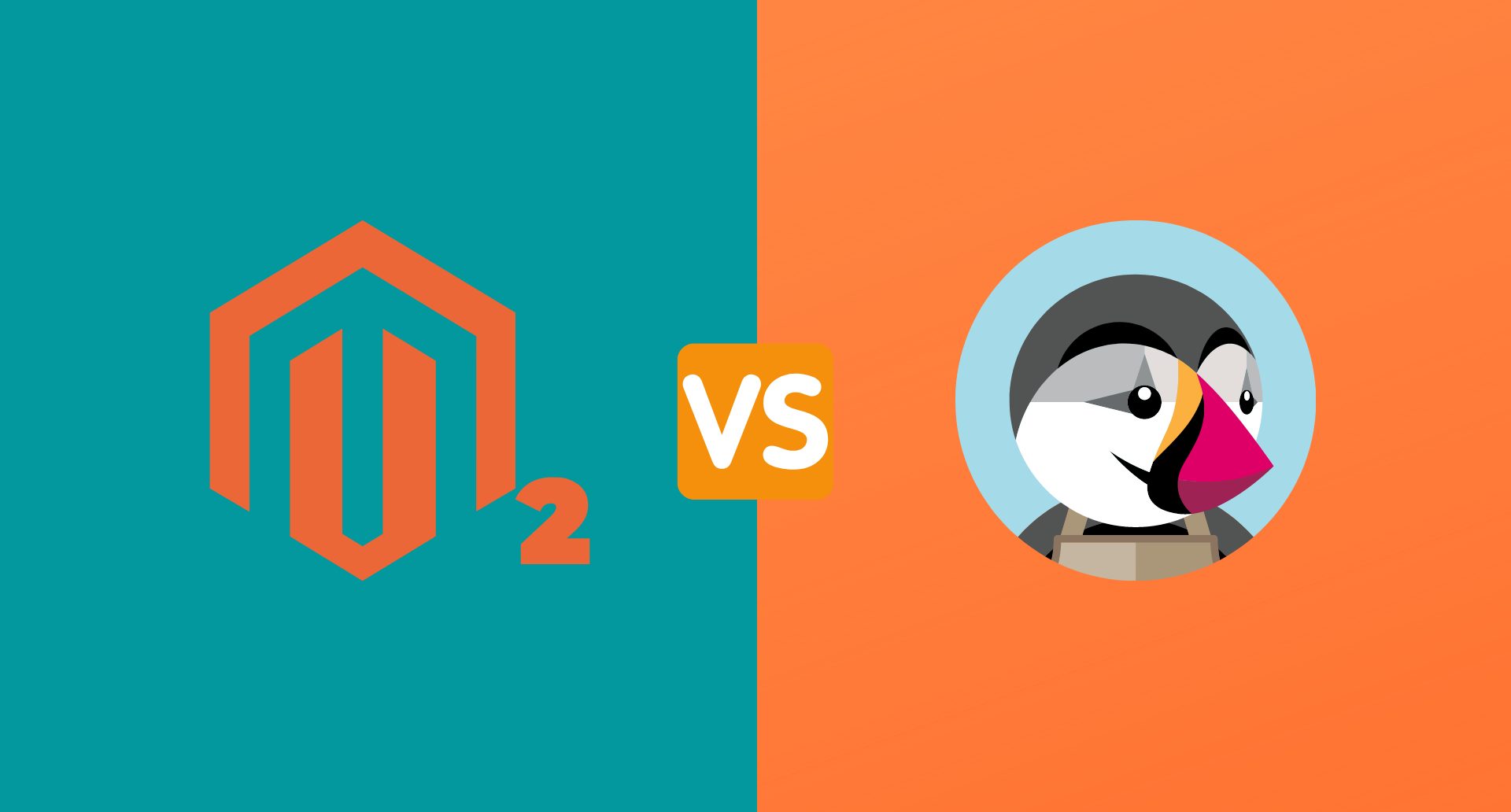What is PrestaShop?
PrestaShop is a content management system (CMS) for open-source online stores. The system is written in PHP, Smarty is used to write templates, MySQL is used to create databases. The system was made for small and medium businesses. It has more than 310 functions that allow you to create your own online store. In 2010-2011 became the best content management system for online stores and got the Best Open-source Business Application award.
The company appeared on the market in 2007. It was translated into 60 languages and now 140 000 shops use it worldwide. The community counts almost 500 000 people.
PrestaShop is sometimes compared with Magento 2. But, apparently, Magento 2 has a much larger community and provides more ready-made solutions.
Minimum system requirements include:
- Web server (Apache Web Server version 1.3 or later, IIS version 6 or later);
- PHP 5.1 or later;
- MySQL 5 or later;
- Linux, Unix, or Windows operating system;
Functionality
Working with the catalog, you can use the following functionality: to use watermarks on photos, to track the customer reviews and rate of the products, to display prices with or without taxes, to display the number of goods in the warehouse, to sort goods by various parameters (relevance, price), to show discounts as a percentage, to display the manufacturers and brands, to use “send to a friend” option.
The payment can be conducted through:
- Payment by bank transfer
- Payment by check
- Payment in cash upon delivery
- Google Checkout
- PayPal
- Moneybookers
- HiPay
- QIWI
- WebMoney
- Yandex. Money
- Robokasa
You can check the statistics of visitors, order and sales, user equipment, conversions by categories, accounting of products, best clients, enter from other sites, keywords, the vest products, categories and suppliers, mailing, and delivery.
8 languages are available for installation: English, French, Spanish, German, Italian, Portuguese, Dutch, and Russian. Also, the platform offers to download additional language packs through the administrative office. A built-in translator will facilitate the work of the website.
SEO-optimization is carried by meta-tags. They are designed to provide structured metadata about web pages.
The safety of the platform is provided by secure login to the administrator’s office (login and password), SSL protocol support, password encryption in the database, cookies-encryption, lock-on repeated password reset attempts.
PrestaShop VS Magento 2
Both PrestaShop and Magento are the platforms to create your successful e-commerce online store. They both provide a wide range of different functions but still, there are some differences that you should know before starting or developing your store. It’s a widely known fact that Magento 2 is much more popular than PrestaShop. Also, we know that PrestaShop is a bit more user-friendly and you need less tech knowledge to get started with it than with Magento 2. Although, let’s take a closer look at all the advantages and disadvantages of these platforms.
Designs and Templates
PrestaShop is a great competitor on the market when it comes to templates. You can choose from a large list to start your website. However, there are no competitors with Magento 2 in this area. Magento 2 is a king of themes and templates. If you need to empower your business, Magento 2 is the only choice. You will find the exact design that you need for your business.
Ease of use
You must have a little knowledge to start working with PrestaShop on your own. You will probably not lack an understanding of how to install and work with it. This platform has simplified the daily management of the store owner that will help you concentrate on important issues. You’ll be able to optimize your online store with the help of advanced analytics and dashboard modules.
Magento 2 is a choice for tech-savvy people so there’s no way for beginners to cope with it. Magento is currently known to be the most flexible shopping cart ever. This solution is a real masterpiece of software craftsmanship and will guarantee unlimited capabilities to tech-savvy online merchants. The interaction with Magento 2 requires good developer knowledge. If you are not that kind of person you will apparently need the professional help of developers, nevertheless, that’s worth the investment.
eCommerce functionality
There are more than 500 built-in features in the PrestaShop list of functionality. You can everything you need to set up your online store. This e-commerce solution provides you the analytics. With its help, you analyze your traffic and make decisions about the future strategy of developing your business.
Magento 2 shopping cart guarantees everything that you need from promotion to private sales and client segmentation. Check out the key features you get:
- Customer segmentation, targeted promotions, and merchandising
- Dynamic Rule-Based Product Relations
- Persistent Shopping
- Automated email marketing reminder
- Private sales
- Gift registry and gifting options
- Reward points
- Store credits and multiple wish lists
Return management authorization and many more.
Plugins and Extensions
Magento 2 provides about 5 500 extensions. There both paid and free ones. Certainly, Magento is taking the leading position in the nearest future.
Prestashop Marketplace offers to use 10 000 modules, graphic themes, and services to boost an e-commerce business.
Pricing
It is free to download Prestashop as it is an open-source shopping cart. But don’t make any hasty decisions since it’s a paid web hosting with various payments. Purchasing several charged modules and a responsive template is a must if you want to launch a functional Prestashop.
Magento 2 pricing may seem a bit expensive but you should consider that it includes unique functionality. Magento doesn’t need any extra plugins or support costs, unlike Prestashop.
Both platforms offer free Demo to understand how each one works.
SEO
The main Prestashop SEO functionality provides automated URL rewriting, dedicated SEO content sections for products, CMS pages for creation of quality content, advanced functionality Premium SEO module (for i.e., automatic filling in of meta tags and social meta tags).
Meta tags for products and home pages, image optimization, canonical tags for categories and products, edits of robot.txt files are few examples of the vast Magento SEO capabilities.
Support
There is 24/7 assistance for Magento users. Plus you will get a support ticket that provides a certified solution partner in case you need help with some tech problems. 422 858 members of the Magento community are ready to help you on Magento forums.
The main disadvantage of Prestashop support is – you need to pay to get one. Prices for Prestashop support fluctuate from 50$ to 2 000$.
Which one to choose?
So, if you run a medium-sized business and lack a high level of tech skills, Prestashop is perfect for you.
While Magento 2 fits big entrepreneurs who are into tech skills and can manage a high budget. Both platforms are stable solutions on the market. Each of them is aimed at different goals in business, skills, and budgets. You are the only person who can opt correctly taking into account all of the criteria that have been listed above. The only thing you should remember is that it is worth migrating to an e-commerce platform to make your business grow, develop and prosper.









![How to Start an Online Clothing Store [Step-by-Step Guide]](https://ideainyou.com/wp-content/uploads/2022/10/alyssa-strohmann-TS-uNw-JqE-unsplash-3.jpg)





